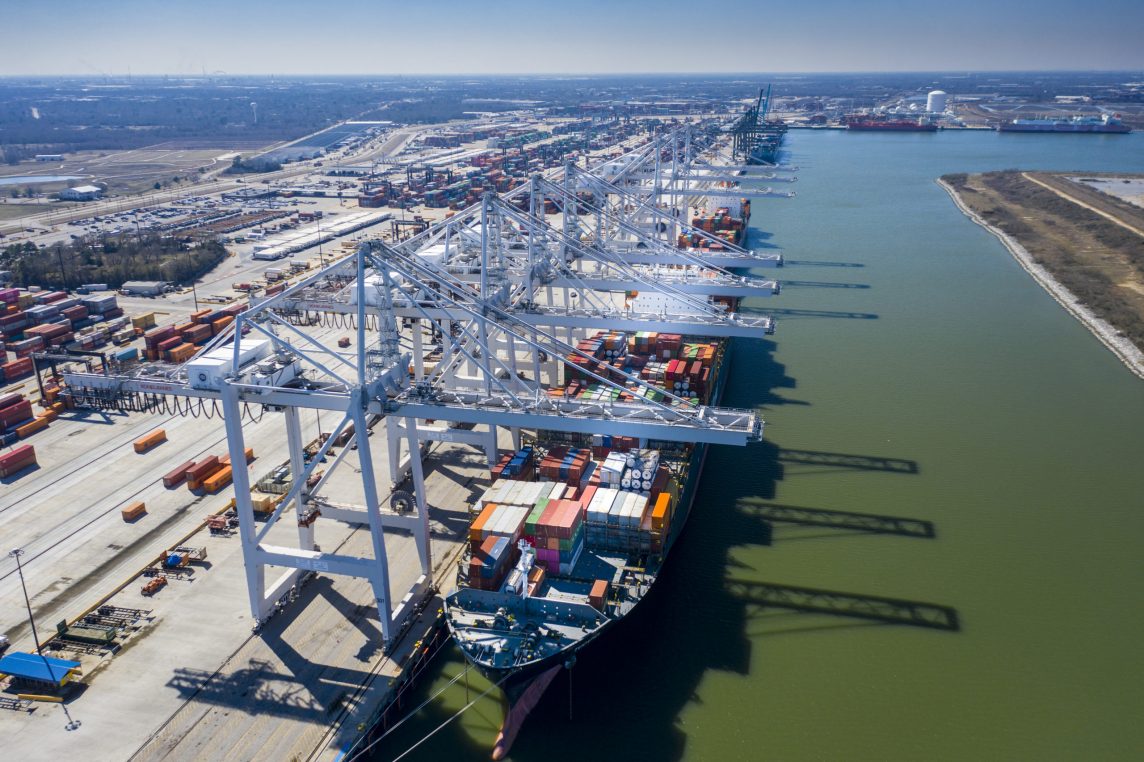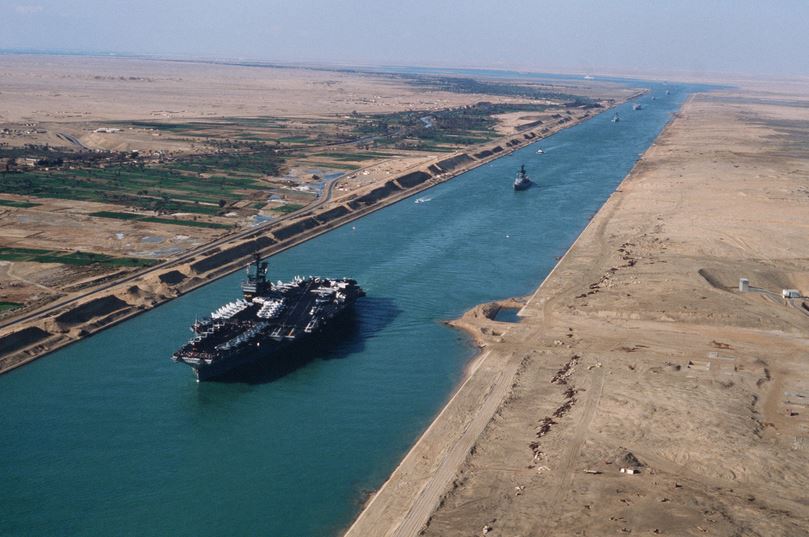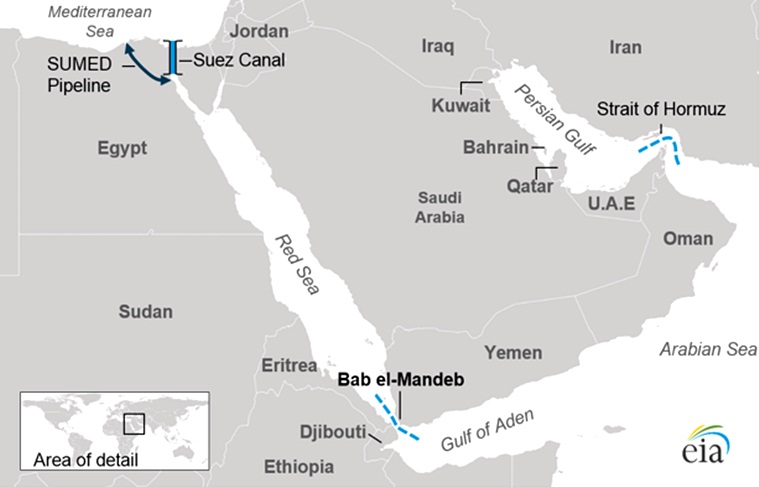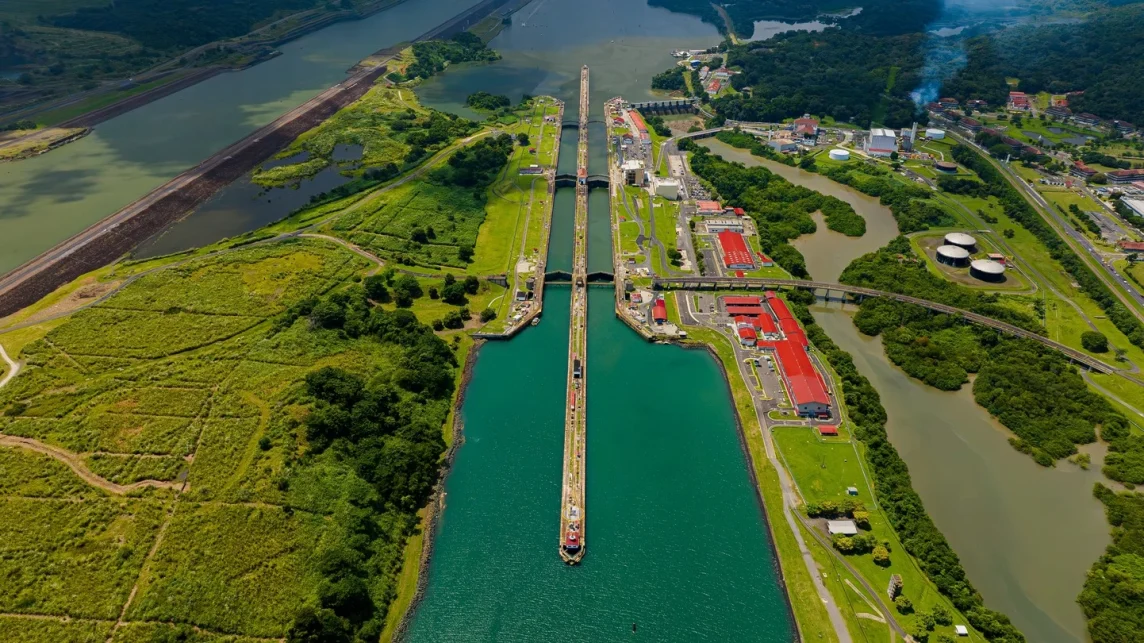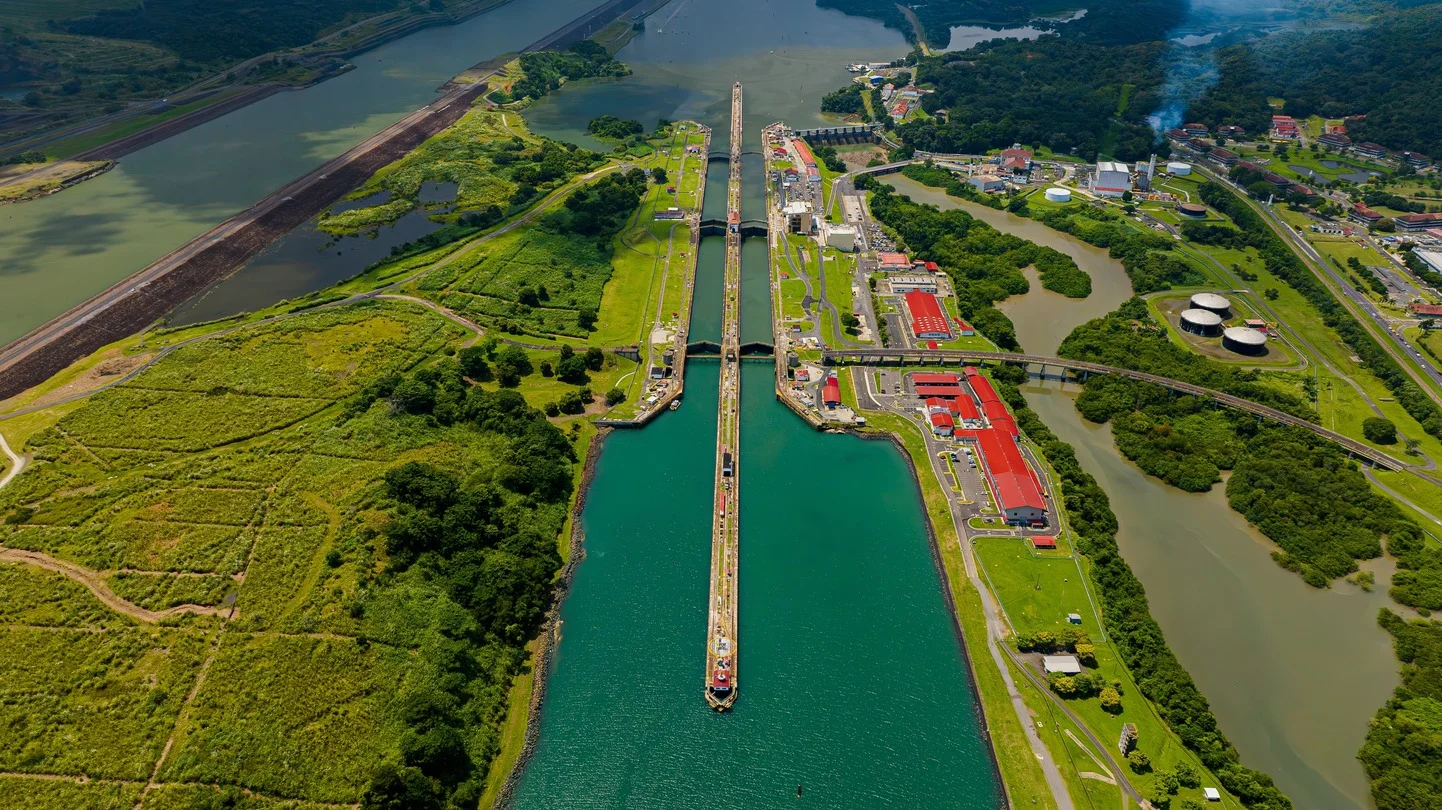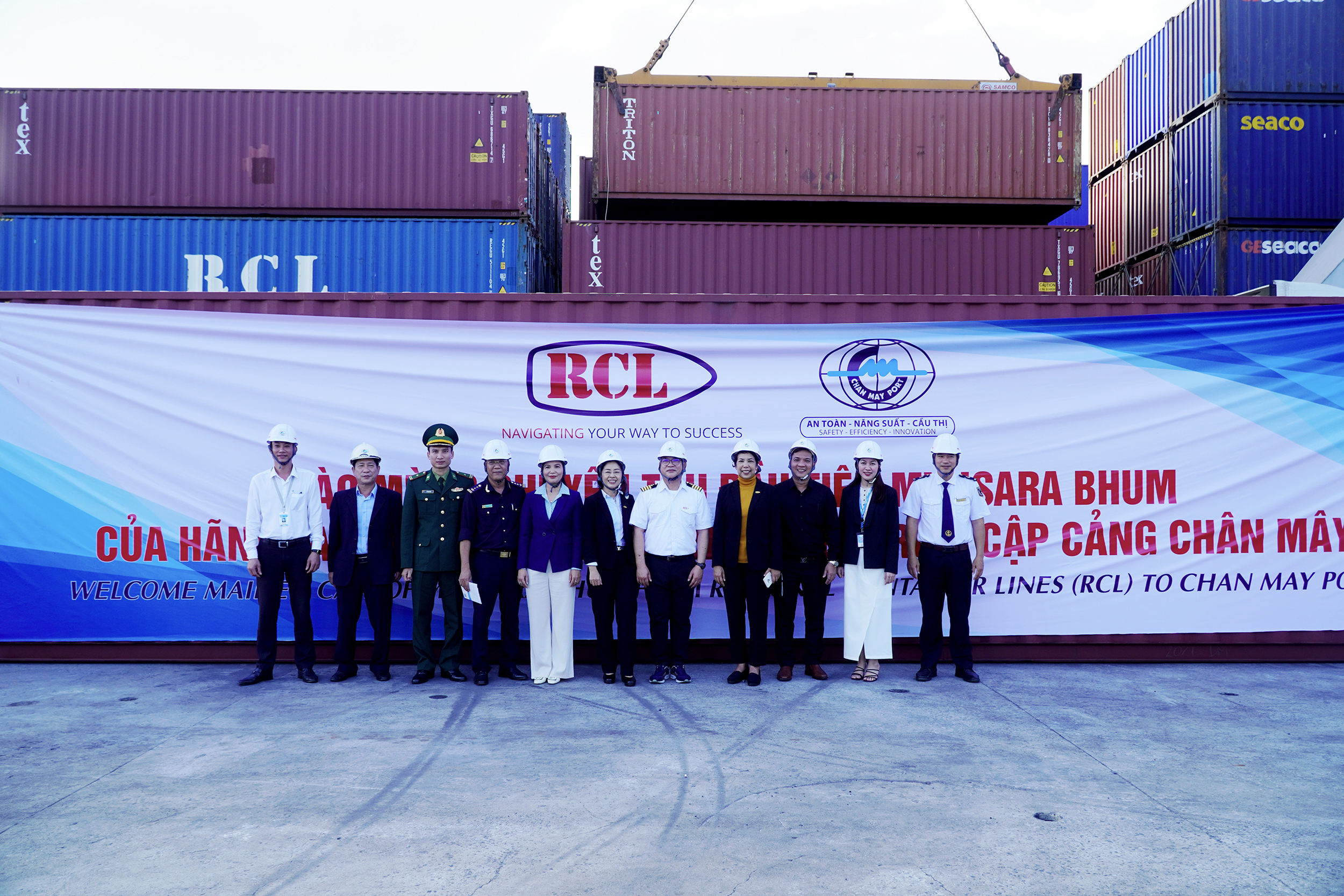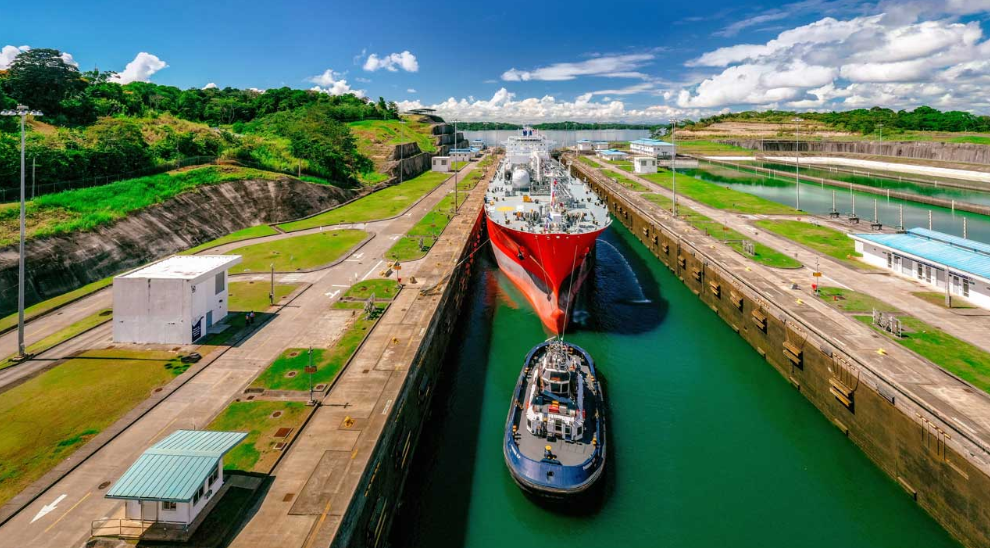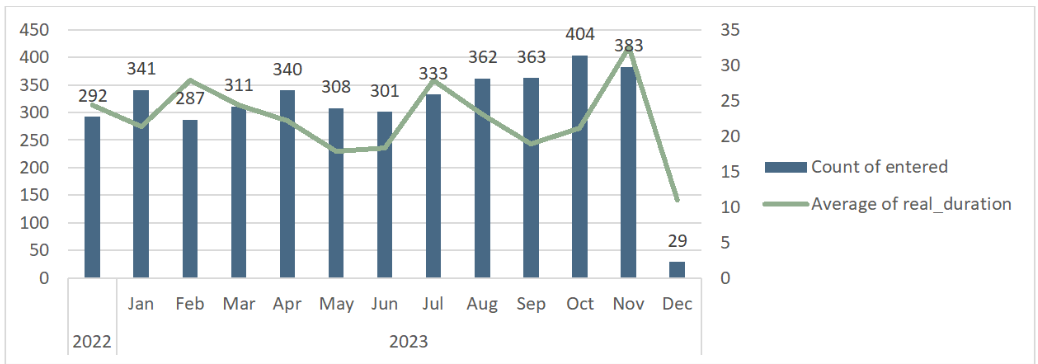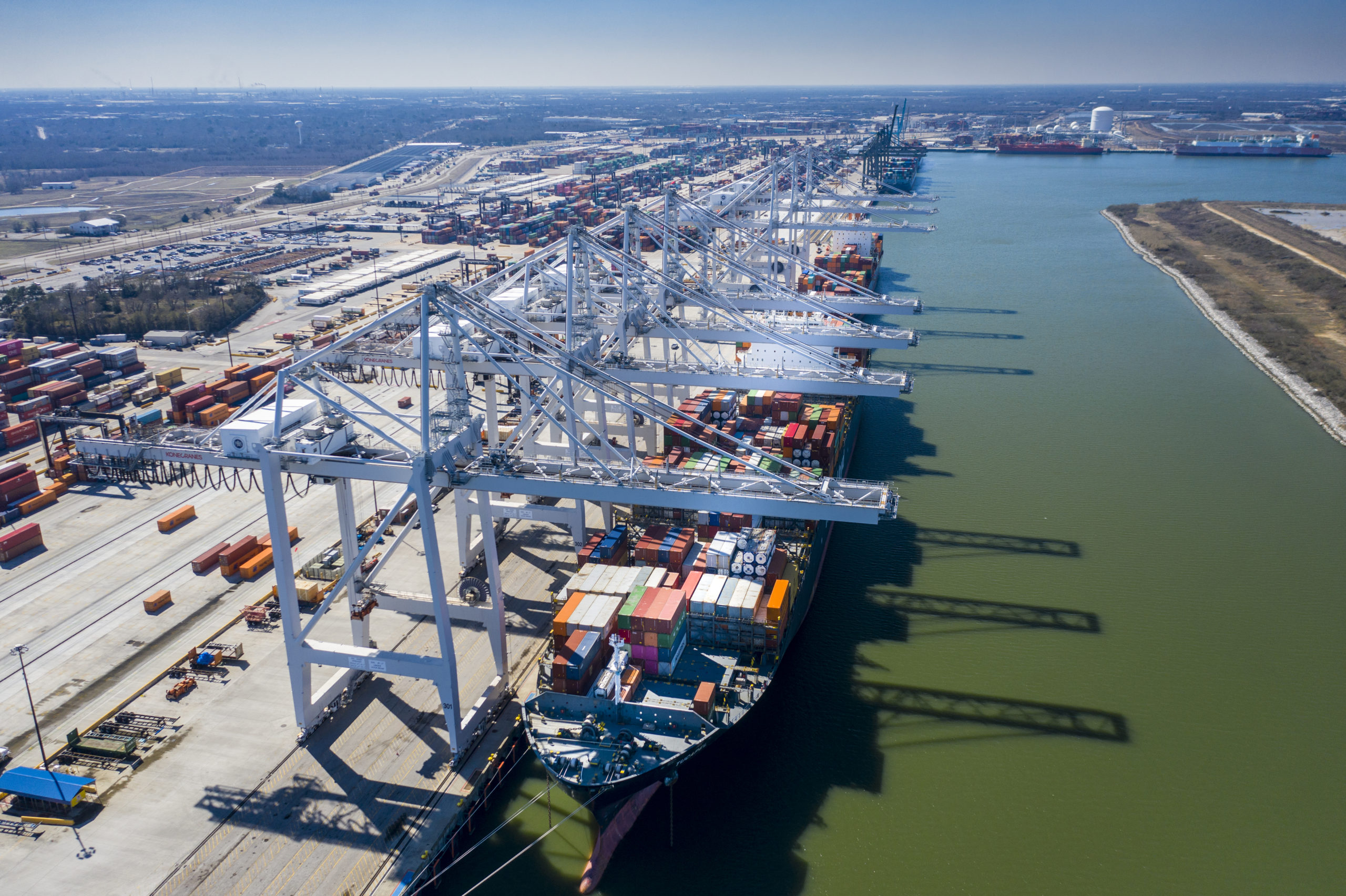
Throughout November 2023, Port Houston managed nearly 3.5 million TEUs, reflecting a 5% decrease compared to the record volumes of the previous year.
While loaded export TEUs for November experienced a 2% decline from the same period last year, the overall export performance for 2023 remained robust, witnessing a 9% increase compared to the previous year, totalling 1,268,034 TEUs year-to-date.
The demand for Houston’s exports continues to be primarily fuelled by the region’s production of resins and petrochemical commodities.
On the other hand, loaded imports showed a softening trend, with 137,631 TEUs in November, marking a 16% decrease for the month and an 8% decrease year-to-date. Noteworthy in November was the arrival of one of the largest vessels to date at Port Houston’s Bayport Container Terminal—the CMA CGM Lisa Marie, boasting a capacity of nearly 11,000 TEUs. The terminal efficiently handled the vessel with five STS cranes, completing an impressive 4,974 moves in less than two days.
